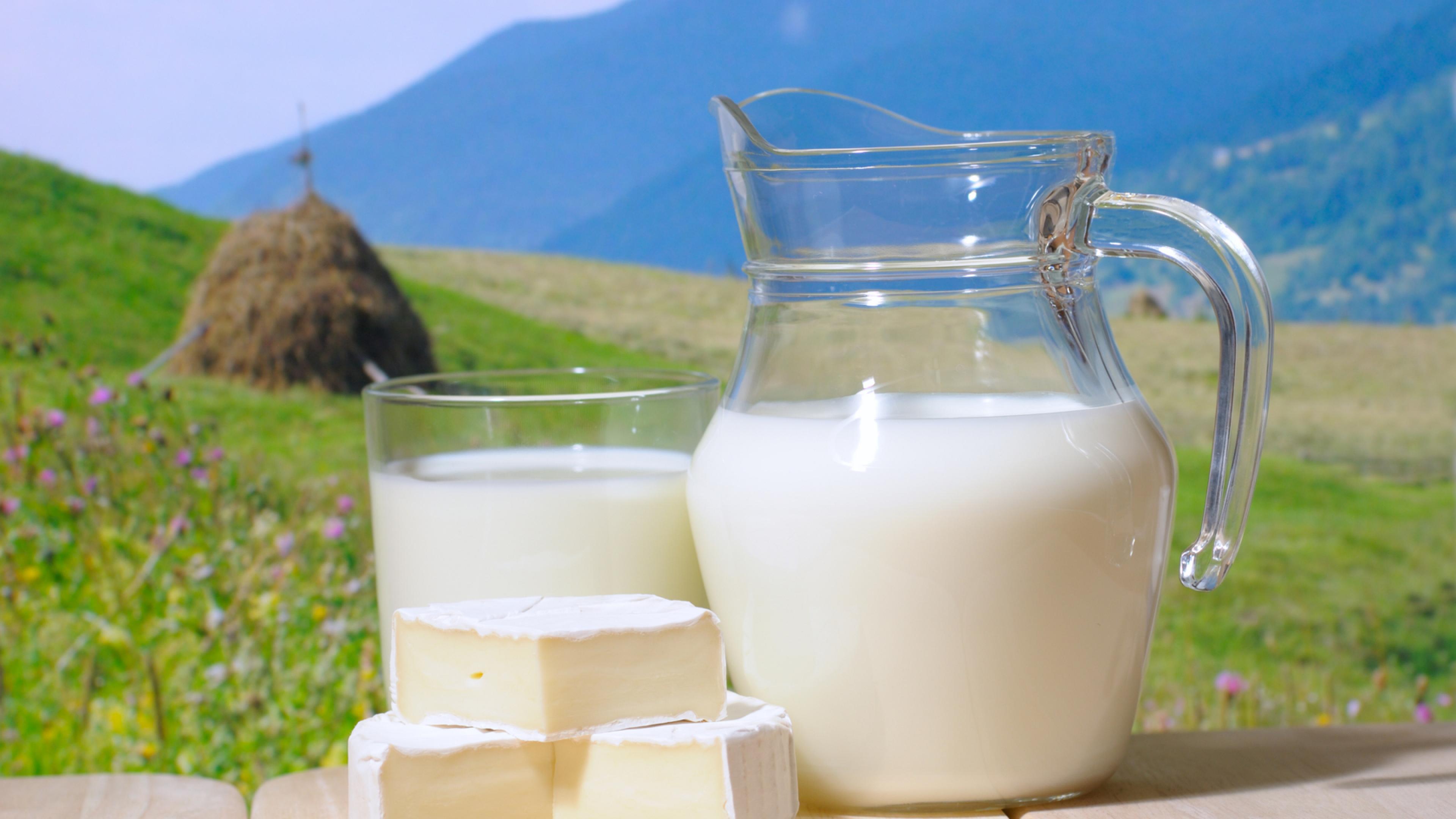Are you aware of the adulterations in milk? How can you find out whether the milk is pure?

Milk is a common nutritional ingredient of our daily diet. Did you know whether the milk you use is pure or adulterated? How to determine whether the milk is adulterated or not?
To check whether the milk is pure, you can perform some easy tests in your kitchen by using easily available ingredients. Food adulteration is considered as act of intentionally debasing the quality of food offered for sale either by admixture or substitution of inferior substances or by removal of some valuable ingredient. The unintentional contamination of food during the time of growth, harvesting, storage, transport and processing is also considered as food adulteration. Food adulterant is any material which is used for making the food unsafe or misbranded.
Many of these adulterants like artificial colours can have many harmful effects on our body. Some of the adulterants and the simple ways to determine there presence in milk are discussed below
Boil milk on medium heat for 2 to 3 hours. Wait for it to solidify and becomes hard. The formation of a rock solid or rough residue means that the milk is adulterated. But the formation of an oily residue indicates that the milk is of good quality.
Water
The presence of water can be determined by putting a drop of milk on a polished slanting surface. The drop of pure milk either or flows slowly leaving a white trail behind it, whereas milk adulterated with water will flow immediately without leaving a mark.
Starch
Take some milk and add a few drops of Iodine solution. Formation of blue colour indicates the presence of starch. Iodine can be easily obtained from medical stores.
Vanaspati
To check for the presence of vanaspati, we require hydrochloric acid. Take 3 ml of milk in a test tube. Add 10 drops of hydrochloric acid. Mix up one teaspoonful of sugar. After 5 minutes, examine the mixture. If the solution turns red we can conclude the presence of vanaspati in the milk.
Detergent
Take a small mixture of equal amount of milk and water. Shake it well for 5 minutes. The presence of lather indicates the presence of detergent.
Formalin
Formalin enhances the life of milk and thus added for preservation purpose. To determine the presence of formalin we require sulphric acid. Take 10 ml of milk in test tube and add concentrated sulphuric acid through the sides of the test tube. A violent ring formation at the intersection indicates the presence of formalin.
Synthetic milk
Synthetic milk has a bitter taste, gives a soapy feeling on rubbing between the fingers and turns yellowish on heating




















Thanks for your home test of milk.